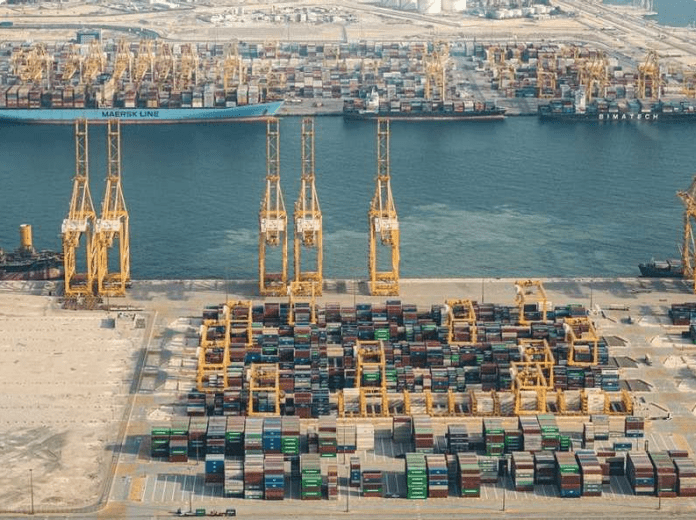In light of the ambitious future plans of the countries of the Gulf Cooperation Council region, the number of economic zones is set to increase significantly in the near future, especially in Saudi Arabia and the UAE.
However, surprisingly although the GCC countries have more than 70 economic zones, 47 of them are in the UAE alone, while Saudi Arabia and the Sultanate of Oman have 10 each, and it is unfortunate Kuwait accounts for only 4, while Bahrain has 3 and Qatar 2.
In a recent report, the MEED magazine said there is a remarkable growth of special economic zones worldwide, including logistic centers, free zones and industrial clusters, as there were less than 200 economic zones around the world during the 1980s, but today there are more than 7,000 in about 140 countries.
The report emphasized that the GCC countries are at the forefront of this growth, and with good reason, which is that the geographic advantage that the Gulf states enjoy in the relationship between East and West remains as strong as it has been for centuries.
At a time when global competition to attract companies to special economic zones remains fierce, the Mideast region seamlessly connects billions of people through some of the planet’s most advanced airports and seaports and business-friendly special economic zones.
When it comes to SEZs, (special economic zones) it should not only be about quantity, as it is essential that SEZs provide profitable solutions for the countries that invest in them as well as the companies that use them.
This means that in exchange for SEZs providing financial incentives, customized cost and benefits, seamless business operations and world-class infrastructure, it is critical that private companies contribute to the national economy, create jobs, inspire innovation, drive economic diversification, and become enabling factors for the strong economic development.
A world-famous example is the Jebel Ali Free Zone (Jafza). When it was launched in 1985, there were only 19 companies in the area. Today, however, Jafza represents nearly 24% of foreign direct investment in Dubai, as the free zone includes 9,000 registered companies from more than 130 countries, employs more than 135,000 people, and has generated 454 billion dirhams ($123.6 billion) in trade in 2021, an annual increase of 19%.
Looking to the future, how can the benefits of SEZs be enhanced in the future? Without a doubt, technology and sustainability must play major roles.
The Internet of things, advanced robotics, 3D printing, and big data are reshaping our world and global value chains and will undoubtedly be at the heart of transforming special economic zones in the GCC.
The special economic zones must rise to the challenge of sustainability; with Bahrain, the UAE, and Saudi Arabia all committed to net-zero emissions targets between 2050 and 2060, and the industry responsible for 30% of global carbon dioxide emissions, industry groups must work together to achieve these goals.
That is why there is a need to take advantage of the close proximity of the industrial group companies to accelerate the transition to clean energy, improved energy efficiency and new technologies such as carbon capture.
The region, eventually home to nine million people, will run on 100% renewable energy and aims to lead the world in areas such as artificial intelligence, advanced robotics, data centers and virtual reality.
Since 1985, the Gulf region has learned a lot about maximizing the benefits of special economic zones, and several lessons stand out:
1 – The aggregation of interrelated businesses or industries, such as Dubai Media City, which brings together a media community of self-employed workers, small and medium-sized enterprises and global media brands.
2 – The close convergence of competing firms inevitably leads to increased productivity and innovation as firms aim to outpace each other.
3 – Proximity equally encourages iteration as well as collaborations and partnerships that lead to new products, processes, services and revenue streams that drive sector growth.
4 – Clusters attract high concentrations of skilled professionals and labour, since these people share valuable knowledge, creating a focused pool of talent.
5 – For small and growing businesses, clusters provide opportunities to thrive, learn from industry leaders, take advantage of economies of scale, and explore innovative areas that can transform their industry.
6 – Provide close access to critical suppliers and partners, particularly in light of the supply chain shocks of the pandemic

















